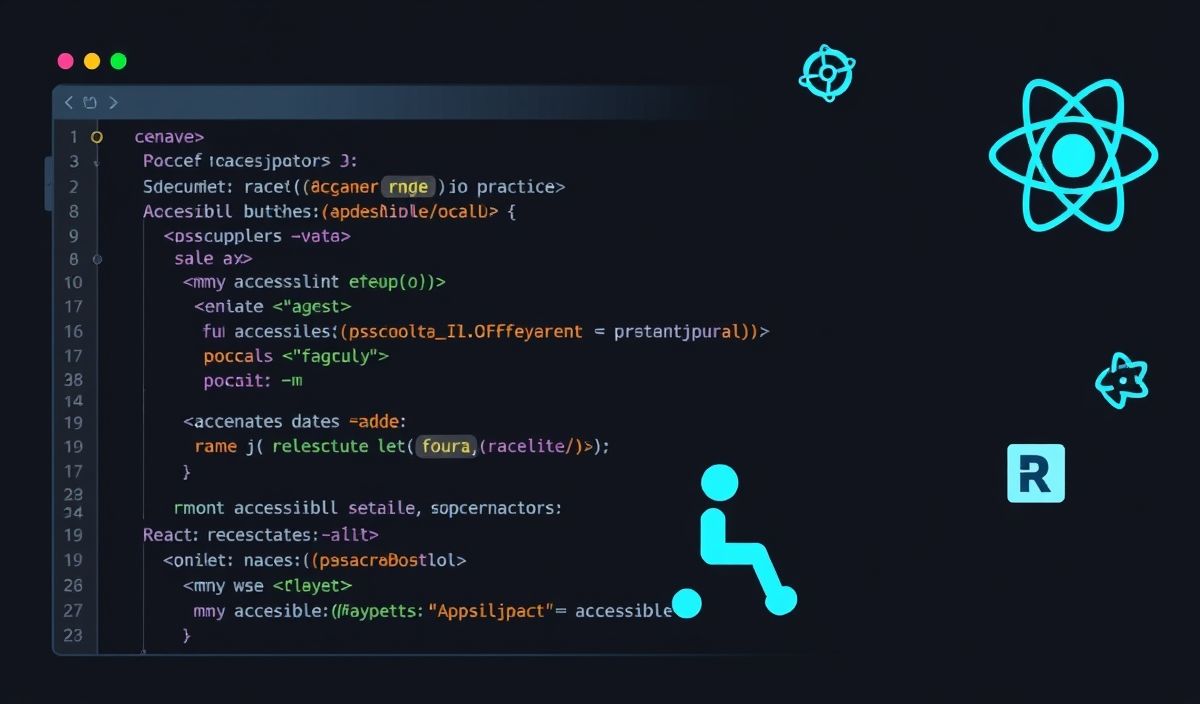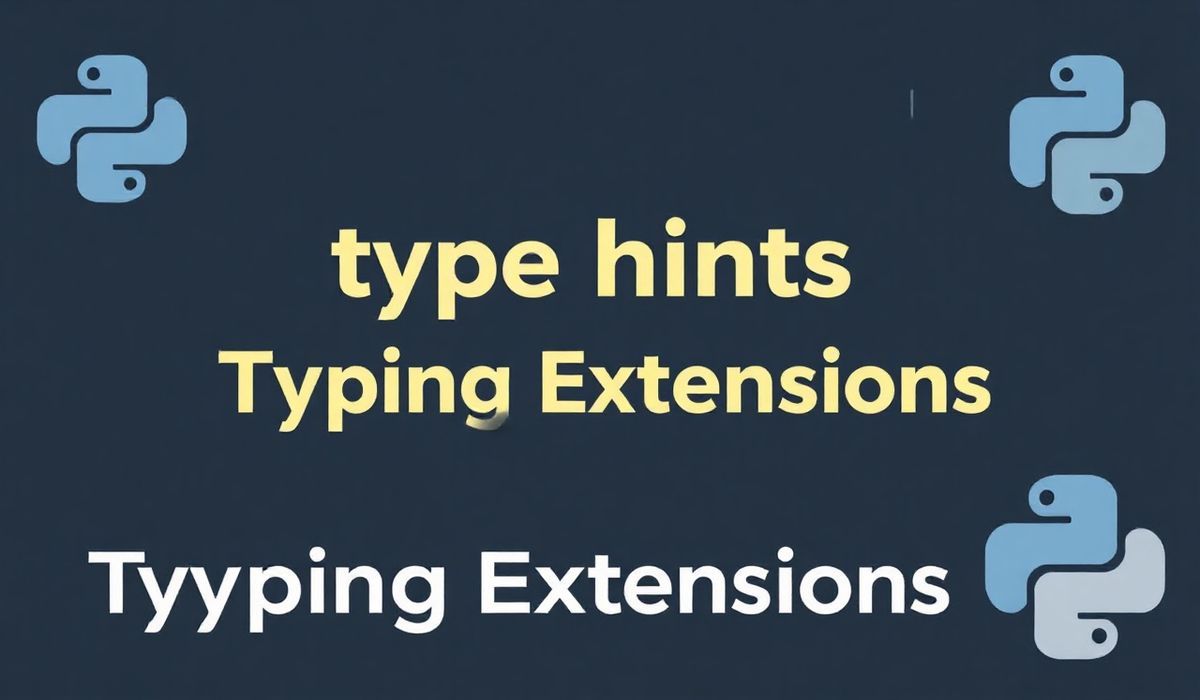Introduction to AWS SDK
The AWS SDK for JavaScript enables developers to build scalable and secure applications with ease. Whether you are working with Node.js in backend development or building client-side applications, AWS SDK provides a comprehensive set of tools to manage AWS services.
Comprehensive Overview of AWS SDK APIs
1. S3: Simple Storage Service
AWS S3 is used for scalable object storage.
const AWS = require('aws-sdk');
const s3 = new AWS.S3();
const uploadParams = {
Bucket: 'myBucket',
Key: 'myKey',
Body: 'Hello World!'
};
s3.upload(uploadParams, function(err, data) {
if (err) {
console.log('Error', err);
} if (data) {
console.log('Upload Success', data.Location);
}
});
2. DynamoDB: Document Database
DynamoDB is a NoSQL database service designed for fast data retrieval.
const dynamoDB = new AWS.DynamoDB.DocumentClient();
const params = {
TableName: 'Users',
Item: {
'UserId': '123',
'Name': 'John Doe'
}
};
dynamoDB.put(params, function(err, data) {
if (err) {
console.log('Error', err);
} else {
console.log('Success', data);
}
});
3. Lambda: Serverless Computing
AWS Lambda allows you to run code without provisioning or managing servers.
const lambda = new AWS.Lambda();
const params = {
FunctionName: 'myLambdaFunction',
InvocationType: 'RequestResponse',
Payload: JSON.stringify({ key1: 'value1' })
};
lambda.invoke(params, function(err, data) {
if (err) {
console.log('Error', err);
} else {
console.log('Success', data.Payload);
}
});
4. SES: Simple Email Service
Send emails easily with AWS SES.
const ses = new AWS.SES();
const params = {
Destination: {
ToAddresses: ['recipient@example.com'],
},
Message: {
Body: {
Text: { Data: 'Hello World!' }
},
Subject: { Data: 'Test Email' }
},
Source: 'sender@example.com'
};
ses.sendEmail(params, function(err, data) {
if (err) {
console.log('Error', err);
} else {
console.log('Email sent', data.MessageId);
}
});
Developing an Application using AWS SDK
This is a sample application which combines S3 and DynamoDB services to upload a file and track its metadata.
const AWS = require('aws-sdk');
const s3 = new AWS.S3();
const dynamoDB = new AWS.DynamoDB.DocumentClient();
const fileContent = 'Hello World!';
const uploadFile = (bucketName, keyName, body) => {
return s3.upload({
Bucket: bucketName,
Key: keyName,
Body: body
}).promise();
};
const saveMetadata = (tableName, item) => {
return dynamoDB.put({
TableName: tableName,
Item: item
}).promise();
};
const main = async () => {
try {
const uploadResult = await uploadFile('myBucket', 'myKey', fileContent);
console.log('File Uploaded: ', uploadResult.Location);
const metadata = {
UserId: '123',
FileName: 'myKey',
UploadDate: new Date().toISOString()
};
await saveMetadata('Users', metadata);
console.log('Metadata Saved');
} catch (error) {
console.error('Error: ', error);
}
};
main();
This simple application showcases the powerful capabilities of AWS SDK in handling file uploads and database operations.
Understanding and leveraging the AWS SDK can significantly enhance your application’s capabilities, offering you robust and scalable solutions.
Hash: 5ee7c7325911781da98a81c4c4fcfa1f05bdcf25536dbd5b0d8eed54c5c7f833




